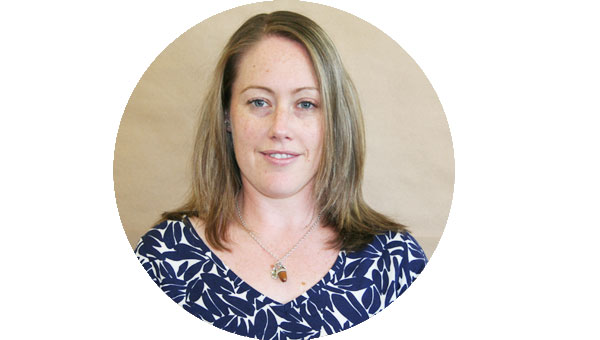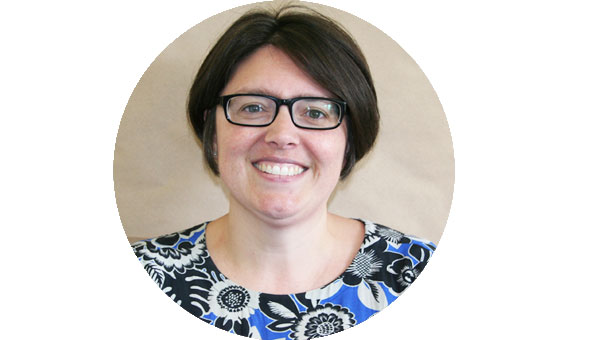We are developing a system to better understand the purpose and outcomes of outpatient appointments to help us manage demand and improve practice
Opportunity
Waitemata DHB completes approximately 20,000 outpatient appointments each month and demand continues to grow. We need to understand the reasons for and outcomes of our outpatient appointments to better manage our resources and service quality. Clinician-confirmed diagnoses are critical to our understanding.
Traditionally our outpatient clinicians have used a paper outcome form - without a diagnosis - to record administrative outcomes of appointments eg whether a follow up appointment is required.
Our rheumatology outpatient service recognised the value of adding a clinician's diagnosis to their paper outcome forms. They trialled a paper outcome form with the diagnosis included, but this was difficult to expand to other services as it was complex for administrators to manage. In addition, the paper-based process was associated with risks that included lost forms, poor form legibility and errors associated with duplicate data entry.
Systematic electronic recording of outpatient diagnoses will help us to:
Improve Patient Outcomes
- Monitor outcomes that matter to patients and clinicians for specific diagnoses
- Monitor how we are doing against best clinical practice guidelines for specific diagnoses eg seeing people with specific diagnoses within clinically acceptable timeframes, making sure we see them enough times
- Identify areas where we are doing really well / doing not so well
- Monitor whether or not strategies / interventions to improve processes or outcomes are working
Improve Patient Experience
- Provide better information to patients with a specific diagnosis about:
- what services they can expect from us, eg how many follow-ups and over what period of time would be usual for this diagnosis
- what outcomes they can expect from our service
- Patients with specific diagnosis could provide us with information about what is of most importance to them, so that we can make sure that our service aligns with their needs
- Minimise appointments unlikely to deliver much clinical benefit for patients with specific diagnoses
Aim
Develop, implement and evaluate an electronic version of the paper outcome form including diagnoses, with a single outpatient specialty over a three month period.
Intervention
We chose our outpatient Rheumatology team as they had previously added diagnoses to their paper outcome form.
Rheumatology Outcome Coding Form
We worked together to further develop their diagnoses list including SNOMED codes to make sure the information collected would be useful for our clinicians.
The proof of concept was a collaborative project with Orion Health under Waitemata DHB’s partnership agreement.
Electronic Outpatient Outcome Form (Concerto)
Impact
Seven doctors, two nurses and six administrators used and evaluated the form over 11 weeks. They completed a total of 463 forms.

We completed an evaluation to understand:
- impact on administrative workflow
- impact on clinical workflow
- data capture and extraction
Impact on Workflow
- The form reduced the number of administrative steps from eight to six steps by eliminating processing of paper forms
- The administrative burden for our clinicians increased as the e-Outcome form took five minutes to complete compared to 1-2 minutes taken for the paper form
Data Capture and Extraction
- We were able to extract reasons (diagnoses) and administrative outcomes (type of follow-ups required) from the e-Outcome form during the 11 week proof of concept
Benefits
- Electronic visibility of diagnosis
- Improved communication between clinicians and administrative staff
- Better visibility and access to forms
Feedback
Clinicians and administrators told us:
"It’s certainly made bookings more accurate and timely – especially for short interval appointments" - Rheumatologist
"It helps to eliminate the sheer number of emails between clerk and clinician" - Administrator
"All the data was there and I also got to review the diagnosis … it was quite useful" - Rheumatologist
Lessons Learned
Our clinicians and administrative staff requested further improvements to the e-Outcome form. They asked us to:
- reduce the number of clicks in the form
- improve the screen layout
- pre-populate the form as much as possible
The form needs to be:
- intuitive, easy to use and viewable on a single screen without the need to scroll
- integrated with our patient administration system (i.PM) to enable pre-population of data
- as quick and easy to complete as possible (given that the paper form only takes seconds to complete) and involve as few clicks as possible
Project Team
Sponsor
- Robyn Whittaker, i3 Clinical Director for Innovation
Team Members
- Kelly Bohot, i3 Innovation + Improvement Project Manager
- Vanessa Selak, i3 Public Health Physician
- Jenna Jacobsen-Toeono, i3 Health Informatics' Fellow

Kelly Bohot

Vanessa Selak

Jenna Jacobsen-Toeono




